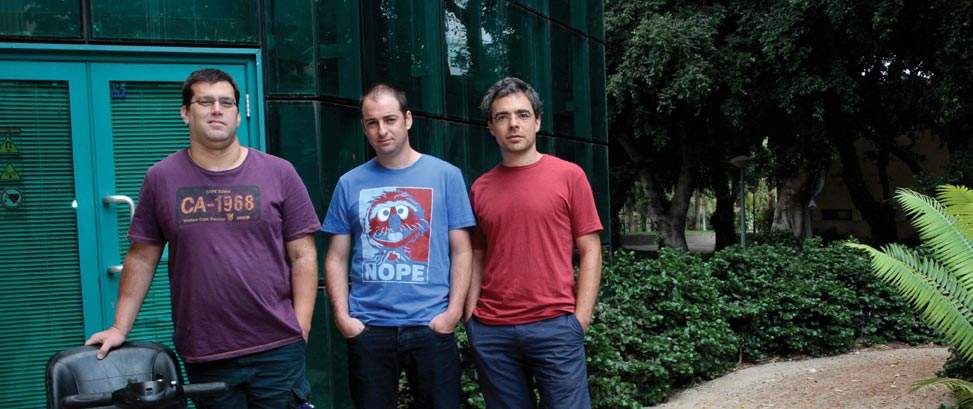To induce “traumatic memories,” the scientists applied a basic conditioning learning method in which a neutral stimulus (in this case a tone) is followed by negative reinforcement (a bad smell). But the team, including research student Uri Livneh, wanted to compare memories; that is, they needed to induce two equally traumatic memories, one of them easily extinguished and the second persistent. To do this, they used an insight from the field of cognitive psychology: Learning in which a stimulus is always followed by reinforcement (full reinforcement) is not as long-lasting as that in which the reinforcement is sporadic (partial reinforcement). Both types of conditioning are felt with the same intensity and the learned response is the same, but the second type is much harder to get rid of afterward.
The findings, which appeared in Neuron, confirmed the suspicion: Full reinforcement learning involves the amygdala, alone, but partial reinforcement engages both the amygdala and the ACC. These two conduct a sort of dialog, and the team found that the level of coordination between them could be used to accurately predict how strongly the memory would be held, i.e., how hard it would be to extinguish.
For example, this finding can shed light on an intriguing phenomenon: When soldiers in a war zone are transferred to another unit – thus forcing them to readjust to an unfamiliar situation – they are more likely to develop PTSD. “Our findings not only explain why some people get PTSD and others don’t,” says Paz, “they also show that the same person may develop the syndrome following one type of incident, but not as the result of a different one, even if it had the same emotional intensity. These differences are not just genetic, as current thinking would have it, but they are rooted in the exact way and context in which each memory is formed.”
Interfering with memory
Next, the researchers decided, on the basis of these findings, to see if they could interfere with the mechanism for storing traumatic memories and thus reduce their recurrence. The research team, headed by Dr. Oded Klavir and research student Rotem Genud in Paz's lab, used electrodes to stimulate the brains of lab animals. While this method is widely used to treat Parkinson’s disease, among others, it has not been tested for PTSD. The electrodes were inserted into the ACC and activated after traumatic memories had been induced. The next day, the animals that did not receive the treatment displayed obvious signs of distress upon hearing the tone – the learned stimulus – while those that had been treated with electricity had a much milder response. The stronger the electrode-induced repression of ACC activity, the calmer the animals were, even three days later. These findings appeared in the Journal of Neuroscience.
The accepted clinical method for treating PTSD – behavioral therapy – is often ineffective or only helps in the short term. Paz’s findings point to a possible reason for this: When the ACC has been recruited to “make order” out of a complex and uncertain environment, it can also end up enshrining a memory firmly in our brain. Understanding this mechanism could aid not only in eradicating painful memories, but also in strengthening and preserving memories that we want to keep.
Dr. Rony Paz’s research is supported by the Sylvia Schaefer Alzheimer's Research Fund; the Ruth and Herman Albert Scholars Program for New Scientists; Pascal and Ilana Mantoux, Israel\France; the Nella and Leon Benoziyo Center for Neurological Diseases; Katy and Gary Leff, Calabasas, CA; the European Research Council; and Dr. and Mrs. Alan I. Leshner. Dr. Paz is the incumbent of the Beracha Foundation Career Development Chair.

